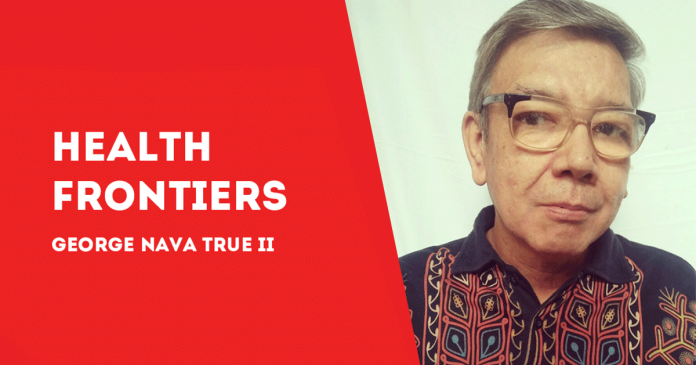
BY GEORGE NAVA TRUE II
TODAY, when people need a haircut, they go to a barbershop or beauty salon. If they require surgery or other delicate medical procedures, then a visit to a surgeon is in order.
In the old days, however, the distinction between the two wasn’t clear, so a person could go to one individual who practiced both trades. That was the time when barber surgeons were common and they helped people who needed one or the other.
During the Middle Ages, it was hard to find a real surgeon. At that time, surgery was rarely practiced by doctors who worked in universities or lived in castles to serve the upper class.
Surgery was considered dirty
In Ancient Origin’s “The Gory History of Barber Surgeons: Medieval Medicine Gone Mad”. Aleksa Vuckovic said that doctors were fluent in Latin then and considered themselves above surgery. They didn’t want to get their hands dirty and merely observed surgical patients and gave advice when needed.
So if surgery was required, who are you gonna call? That “lowly” task was left to barber surgeons who did everything from cutting hair to amputations. Barber surgeons were the most popular medical practitioners in Europe at that age who catered to the lower class. Aside from cleaning hair, giving haircuts, and shaving, they gave their customers enemas, pulled out teeth, practiced bloodletting, and performed various surgical procedures.
As early as 1000 AD, barber surgeons worked in monasteries around Europe. They were popular there since they had to maintain the tonsure of monks. This is the religious practice of shaving the top of the head.
Cutting hair and more
Since the monasteries in France and Germany also served as hospitals, the barber surgeons who were employed there did more than cut hair. Vuckovic said they became medical paraprofessionals and cared for soldiers. These “specialists” set dislocated limbs and performed amputations for those injured in battle. Surgery was done without anesthesia.
Their role increased when a law was passed in 13th century France which prohibited all physicians from performing surgery. This was good for barber surgeons but bad for patients who often died from blood loss and infection.
When there were no wars, barber surgeons were allowed to treat civilians. Vuckovic said their other duties included delivering babies, cauterization, and trepanation (the practice of drilling holes in the skull to release evil spirits that were believed to be responsible for disease). Trepanning was also believed to cure different ailments, including behavioral problems
More barbers than physicians
Soon physicians were outnumbered by barber surgeons. To protest the physicians who didn’t want to get their hands dirty with surgery, the College of St. Cosme was established in Paris in 1210. It had two levels of student doctors. Those with long academic robes were allowed to perform surgeries while doctors with short robes had to pass a special examination before they could operate.
Envious of the long-robed doctors, the short-robed doctors taught secret lessons on human anatomy to barber surgeons as long as the latter agreed to assist and support the former. This secret deal lasted until 1499.
Barber surgeons also practiced humorism, according to Vuckovic. This was practiced by the ancient Greek and Roman physicians. The Greek physician Hippocrates believed that humours are vital bodily fluids, like blood, yellow bile, phlegm, and “black bile.” An imbalance in these humors was said to cause disease.
Using this concept, barber surgeons would taste the patient’s urine and examine the color to know what’ was wrong using a chart for reference.
Bloody business
Based on this, the barber surgeon would know what treatment to apply. Often this consisted of bloodletting or the removal of blood using leeches to get rid of the bad humours in the body. Vuckovic said this was popular that it nearly led to the extinction of leeches. Later barber surgeons used a special tool to draw blood from a patient. But the loss of blood did more harm than good.
By 1660, as more doctors practiced surgery, the barber surgeons eventually lost their foothold. In France, surgery was recognized by Louis XIV. Vuckovic said this was continued by his grandson, Louis XV, who established five chairs of surgery at the College of St. Côsme.
In 1743, barber surgeons were finally prohibited from doing surgery. Today, all that reminds people of them is the traditional red and white striped barber’s pole that represents the blood and bandages that were common with their trade.
***
National Press Club and Philippine Dental Association awardee George N. True II has written two bestsellers based on his popular column that has been running for almost 40 years. For questions about health, email georgenavatrue@yahoo.com./PN





